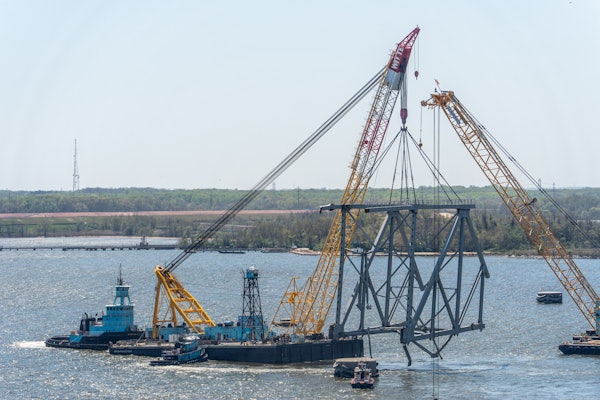If it rains before a concrete pavement has time to harden, do you have to rip up the concrete and start all over again? Not always, according to the American Concrete Pavement Association.
The primary method to repair a rain-damaged concrete surface is diamond grinding. Areas where the water diluted the surface paste should be ground to remove the weak top layer. As long as minimum thickness requirements are still met after grinding, there should be no structural deficiencies as a result of the procedure. When the pavement has reached the strength specified for opening to construction traffic, grinding can stop.
If rained-on pavement has severely eroded edges due to the water exposure, a new edge can be made. Where pavement lanes, concrete shoulders or curb and gutter are to be constructed adjacent to the eroded edges, a new edge can be constructed by making a full-depth saw cut parallel to the planned pavement edge and a sufficient distance in from the edge to remove all unwanted concrete. If there is no adjacent concrete section, the eroded edges may have to be removed and reconstructed.
According to the ACPA, if a portion of a lane width is to be removed, make a full-depth saw cut parallel to the planned edge and a minimum of 2 feet from it. Drill holes and install tiebars using an expanding grout or epoxy.
To minimize the effects of rain, immediate action is required. To find out more about repairing rained-on pavements, or to download ACPA published material on the topic, click on the link to the right.





